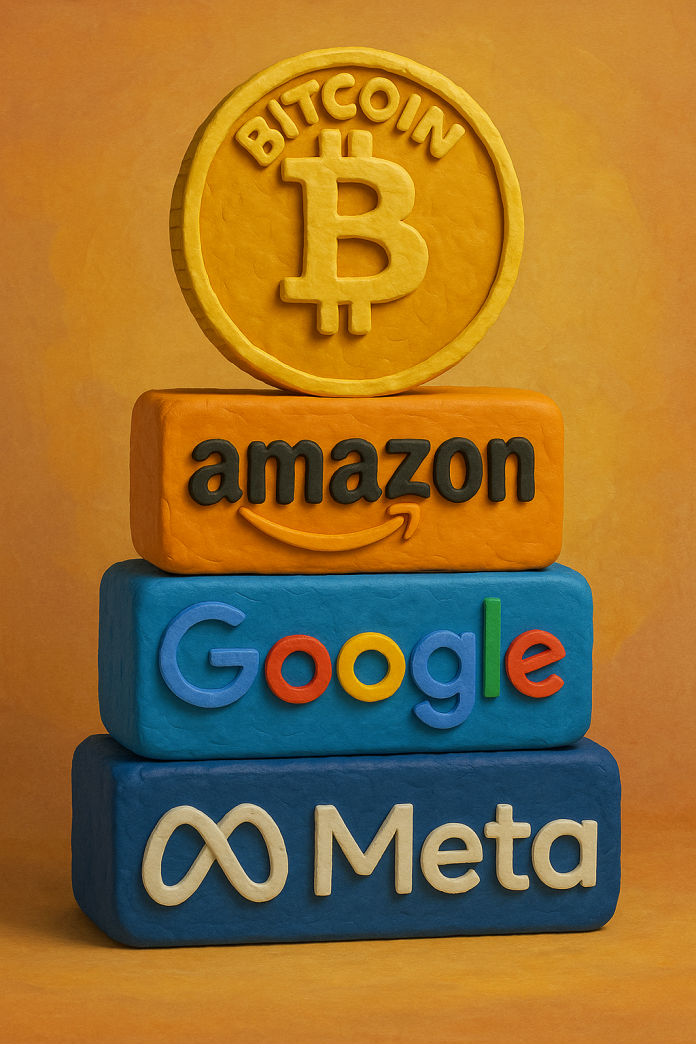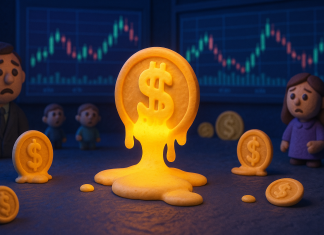
Bitcoin has solidified its status as a major global asset, surpassing tech giants like Amazon, Alphabet (Google), and Meta in market capitalization. It now stands tall among the world’s largest assets, outperforming flagship stocks in Korea, the U.S., and China in terms of year-to-date returns.
As of July 14, Bitcoin surpassed $120,000 for the first time, reaching a market capitalization of approximately $2.4 trillion. This places it above Amazon ($2.39T), Alphabet ($2.2T), and Meta Platforms ($1.78T), making it the fifth-largest asset globally—behind only gold, Nvidia, Microsoft, and Apple.
Its performance is just as impressive. Bitcoin has gained roughly 25–29% in 2025 so far, outpacing major blue-chip stocks across leading economies. Tencent, China’s top listed company, rose 21.9%, Nvidia climbed 18.6%, and Korea’s Samsung Electronics gained around 15%. Bitcoin’s market cap has even matched—or at times exceeded—the combined market capitalization of Korea’s KOSPI, KOSDAQ, and KONEX exchanges.
Several factors have contributed to this surge. In the U.S., the so-called “Crypto Week” has stirred optimism, with Congress actively discussing new regulations, including the GENIUS Act aimed at stablecoins. This has been interpreted as a signal of more crypto-friendly policies on the horizon.
Meanwhile, institutional demand continues to grow. Major firms like BlackRock, MicroStrategy, and Japan’s Metaplanet are aggressively acquiring Bitcoin, reinforcing its reputation as “digital gold.” In just one recent week, U.S. spot Bitcoin ETFs recorded a $3.7 billion inflow—the largest weekly gain this year—suggesting strong structural demand from institutional and corporate investors.
However, short-term risks remain. Bitcoin’s volatility and ongoing regulatory uncertainty still pose potential headwinds. A shift in U.S. regulatory direction—especially ahead of the presidential election—could trigger corrections.
Still, Bitcoin’s ascent into the global top five by market cap marks a major milestone. Once viewed merely as a speculative asset, it now stands as a legitimate pillar in global asset allocation—cementing its place alongside the world’s financial heavyweights.






